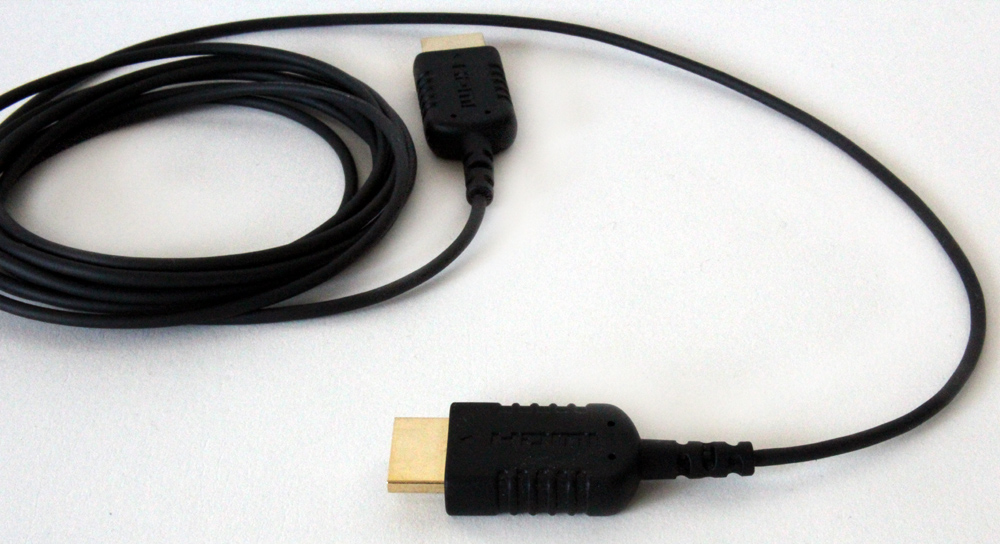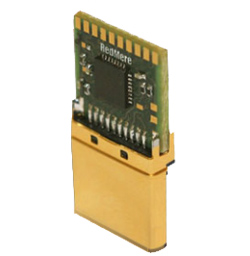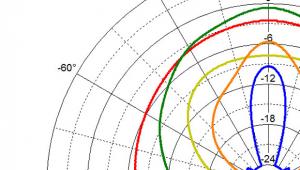RedMere Ultra-Thin HDMI Cables Page 2

The onboard chips draw current from the HDMI signal itself, which is what makes it an "active" cable. These chips (there's one at each end) allow for good picture quality with a much lower amount of signal. In other words, over a given length of cable, the amount of signal that makes it from one end to the other might not be enough to create an image. That is, if it weren't for RedMere's chips at either end. The robust nature of HDMI signals means there is no loss of picture quality. The image looks exactly the same as if you ran a thick expensive HDMI cable.
 The other possibility with Redmere's technology is one of length. Over a "normal" sized cable, Redmere's chips maintain signal integrity over runs of 50 feet, potentially more. Here I find less of an advantage, as I've tested cheaper cables over longer runs that work just fine.
The other possibility with Redmere's technology is one of length. Over a "normal" sized cable, Redmere's chips maintain signal integrity over runs of 50 feet, potentially more. Here I find less of an advantage, as I've tested cheaper cables over longer runs that work just fine.
Like I said above, these cables aren't going to perform better than other cables, but they do fill an useful niche. I find the idea of a 6-foot HDMI cable I can tuck in the pocket of my camera bag rather appealing. Try doing that with your average HDMI.
RedMere licenses their tech to several of the big players in the cable world. Prices vary, though you can expect a premium given the specialized nature. You can find a list of manufacturers on Redmere's website.
Is the portability of a $30, 6-foot, ultra-thin cable worth the $25 price premium over a normal 6-foot HDMI cable? I guess that depends how you're going to use it.




























































